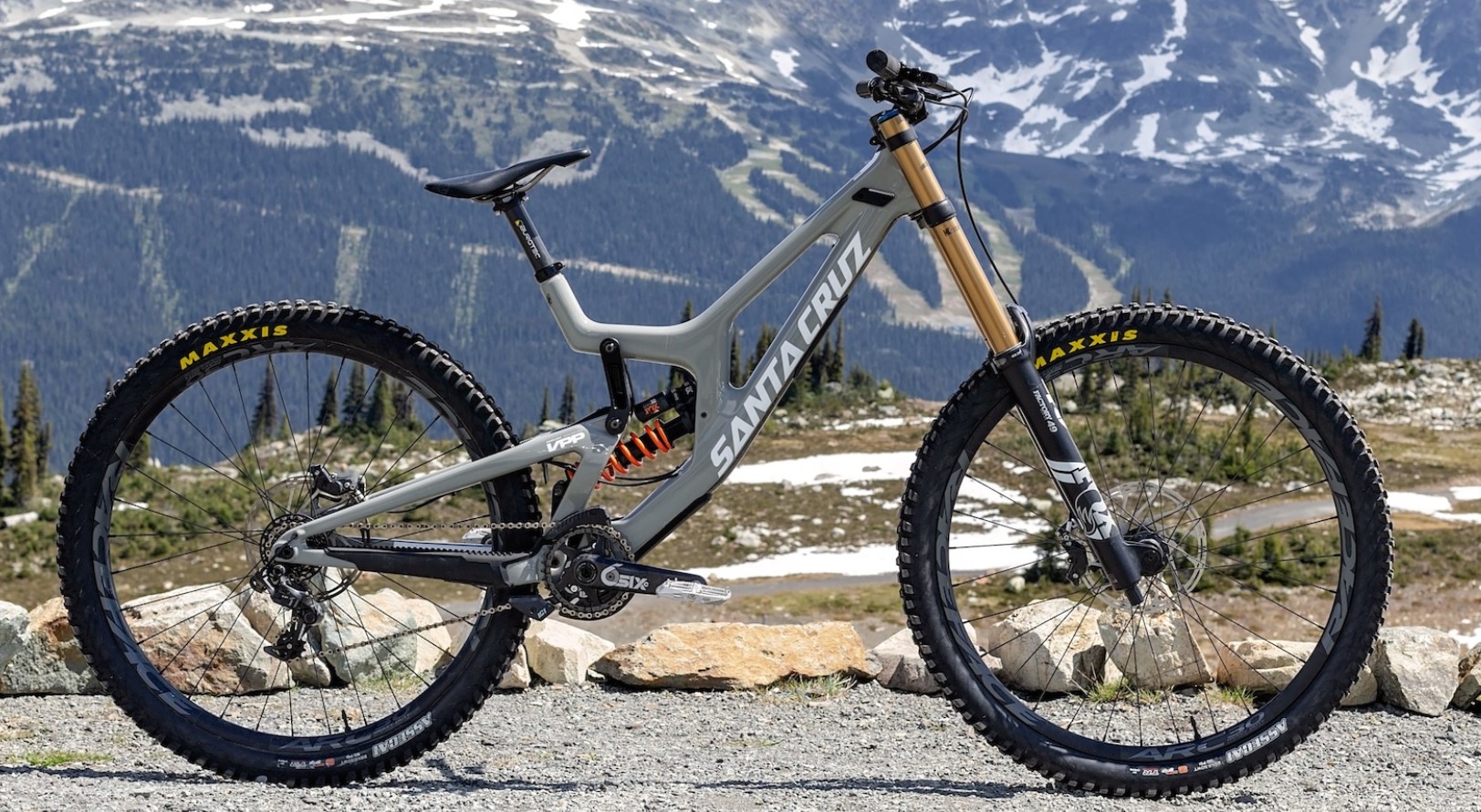Mountain biking is an exhilarating sport, offering a blend of adventure, thrill, and physical challenge. Among the elite brands in this field, Santa Cruz Bicycles stands out with its reputation for high-performance bikes that smoothly navigate challenging terrains. However, the key to truly enjoying this experience lies in selecting the right bike size. A perfectly sized bike ensures comfort, control, and enhances your overall riding experience. This comprehensive guide aims to demystify the Santa Cruz bike size chart, enabling you to make an informed choice that suits your individual needs and riding style.
Understanding the Santa Cruz Bike Size Chart Terminology

The journey to finding your ideal bike size starts with understanding the terminology used in the Santa Cruz bike size chart.
Stand-Over Height: This super important measurement indicates the distance from the ground to the top tube of the bike when you straddle it. It is vital for making sure you have adequate clearance, reducing the risk of injury.
Inseam: Your inseam measurement, the length of your inner leg from the crotch to the floor, plays a really key role in determining the correct frame size. It ensures your pedaling is efficient and comfortable.
Ape Index: This unique calculation compares your arm span to your height. If your arm span exceeds your height (a positive ape index), you might be more comfortable with a longer reach on your bike. Conversely, a negative result suggests a shorter reach might be better.
Deciphering the Santa Cruz Bike Size Chart
Understanding the Santa Cruz bike size chart requires focusing on two main aspects: frame size and reach. Frame size, determined by the length of the seat tube, is the fundamental measurement for bike sizing. Santa Cruz categorizes their bikes into different frame sizes, making sure a broad range of fits.
Each frame size on the Santa Cruz chart has more details like three reach types: short, standard, and long. This difference lets riders to tweak their fit based on what they like and the ape index. Choosing the right combination of frame size and reach is critical for getting the best comfort and performance.
Using the Santa Cruz Bike Size Chart for Mountain Bikes
When selecting a mountain bike from Santa Cruz, follow these steps to use the size chart right:
- Measure your Stand-Over Height and Inseam: These measurements are your starting point for figure out the right frame size.
- Reference the Size Chart: With your stand-over height in hand, identify the frame size on the Santa Cruz bike size chart that matches your measurement.
- Consider Your Ape Index: Next, factor in your inseam and ape index. These measurements help in deciding the right reach category (short, standard, or long) for your body.
- Seek Professional Advice: If you’re uncertain or need further guidance, consulting with a qualified bike mechanic can provide personalized recommendations and adjustments.
Santa Cruz Bike Size Chart for Specific Models
While the general Santa Cruz bike size chart offers an excellent baseline, it’s important to consider specific model variations. For example, the Santa Cruz V10 and Nomad models feature two geometry settings, high and low, adjustable with a 6 mm hex wrench. These settings allow riders to tailor the bike’s geometry to their riding style and the terrain they’re navigating.

Other models like the Santa Cruz Bronson and Tallboy offer distinct sizing nuances, for different styles of mountain biking. Understanding these model-specific details makes sure you pick not just the right size, but also the right configuration for your unique riding preferences.
Enhancing Your Santa Cruz Bike Fit
Selecting the correct rame size is just the start of customizing your Santa Cruz bike. Adjusting your bike fit can really improve your riding experience. Here are some important changes to think about:
- Adjust the Saddle Height: Proper saddle height allows for efficient pedaling and comfort. Your leg should be a bit bent at the knee when the pedal is at its lowest point.
- Handlebar Height and Position: The height and angle of your handlebars can dramatically affect your comfort and control on the bike. Adjust them to ensure a natural and comfortable posture.
- Ergonomic Additions: Consider ergonomic grips and pedals for improved comfort and control, especially on longer rides.
Conclusion
Navigating the Santa Cruz bike size chart might seem tough at first, but with a systematic approach, you can easily find your perfect fit. Remember, the ideal bike size is a mix of comfort, control, and easy handling, boosting your mountain biking experience. Whether you’re a seasoned rider or a beginner, taking the time to properly size your bike according to the Santa Cruz chart will pay dividends in your riding enjoyment and performance.
For more information and resources on mountain biking, including gear reviews, trails, and tips, visit Best Bike Parks. This platform offers extensive insights and advice for mountain biking enthusiasts of all levels, helping you make the most of your biking adventures.








